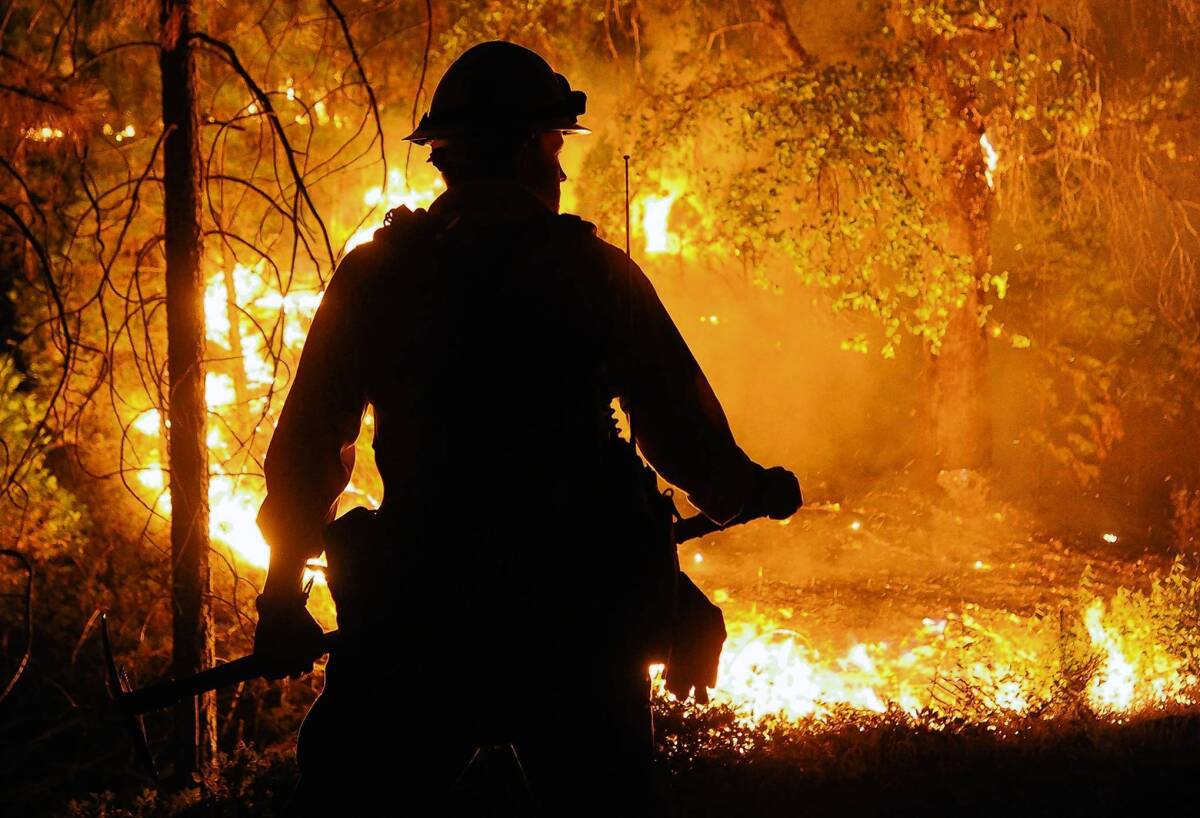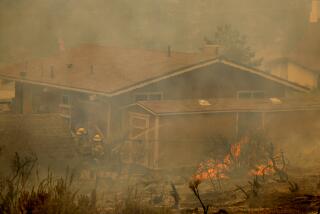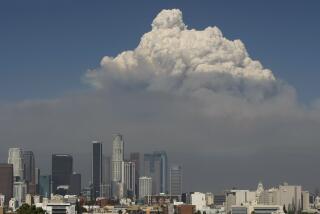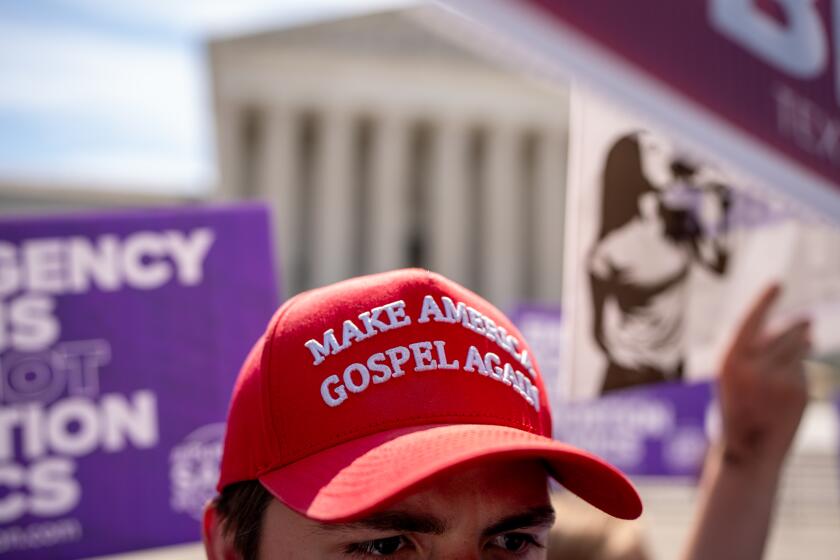Feeding tax dollars to forest fires

After years of living in Yosemite National Park, I learned that, contrary to the teachings of Smokey Bear, fire can be a welcome force for good. It rejuvenates the forest. It clears the way for richer, more diverse habitat. It is essential in the life cycle of the giant sequoia. And if you live in the mountains, surrounded by forests piled high with tinderbox-dry debris, nothing helps you sleep more soundly at night than being in an area that’s been burned.
What isn’t good is a fire like the Rim fire, which as of Thursday had burned 237,341 acres, or 370 square miles, in and around Yosemite. Fueled by dense thickets of pine needles, undergrowth and fallen trees, fires like this one do not move slowly along the ground, clearing the underbrush but leaving parts of the forest intact. Instead, the flames leap through the crowns of trees, creating infernos that are hard to suppress and denude wide swaths of forest floor, making the terrain more susceptible to erosion by winter snow and rain. Even the mighty sequoias, able to withstand most fires and even thrive because of them, are threatened by a crown fire’s staggering heat.
It doesn’t have to be this way. For thousands of years the Indians who made Yosemite their home set small fires to prevent such cataclysmic events. Contained and manageable, their fires turned Yosemite Valley into a meadow that attracted deer for hunting and kept people safe.
For decades, the federal government took the opposite approach. Worried about having to divert men away from the war and into the forests to fight fires during World War II, the U.S. Forest Service and War Advertising Council created the Smokey Bear character. What followed were decades of fire suppression and teaching Americans that fires must be avoided at all costs. The result has been an unprecedented buildup of combustible fuels that has fed massive fires across the West in recent years.
In the late 1980s, the government realized the danger of this approach and began the practice of brush clearance and controlled burns in strategically located parts of the national forests and parks. But even though the practice has brought success where it has been used, we are still more oriented to fighting fires than to preventing them.
Big fires are terrifying, and the Forest Service is under tremendous pressure to put them out at all costs. Right now, fighting forest fires comes with a virtual blank check. Unfortunately, the same cannot be said for fire prevention strategies.
Living in Yosemite, I came to understand just how painstaking and labor intensive prevention work is. Because public welfare is the No. 1 concern, a small burn in a single meadow can be years in the planning. In Yosemite, I knew scientists and fire managers who spent years poring over maps and then analyzing weather patterns, soil composition, wildlife habitats and air-quality conditions before deciding to do a burn.
And once they decided to move forward, the plans were studied, again and again, by specialists to make sure they were in compliance with safety procedures, current law and policy. Anyone who could be remotely affected by the burn — nearby towns, residents with health conditions, schools — had to be notified. Then, on the morning of a burn, dozens of government agencies might be on hand to give the final go-ahead. Such planning is time-consuming and expensive, but fighting fires is too.
Those people involved in fighting wildland fires know that managed burns, tree thinning, brush clearance — even letting wildfires burn themselves out when no people or structures are at risk — are the best tools in their arsenal when it comes to preventing future wildfires. That’s why, every year, the Forest Service and the National Park Service go hat in hand to Congress begging for more fire prevention funds.
But their pleas have gone largely unheeded. Instead, budgets have been slashed (sequestration has made this year especially lean), which has left the Forest Service and the Department of the Interior scrambling for funds to fight the Rim fire and others like it. In fact, the Rim fire has so depleted the Forest Service’s firefighting budget that it had to borrow from money set aside for, you guessed it, fire prevention. (This despite the fact that, according to the nonpartisan Headwaters Economics group, less than 18% of the Forest Service’s budget goes to fire prevention, while 64% goes to preparing for and suppressing fires).
So far, just this one fire has seen 5,000 firefighters on the line with a price tag that is at $75 million and growing. Working with those same numbers, it boggles the mind to think of how much good could have been done throughout the United States to prevent these kinds of massive wildfires.
With climate change likely to negatively affect the health of U.S. forests, we can expect ever more destructive conflagrations like the Rim fire. So we have a choice to make: Do we spend the money for fire prevention, allocating funds to hire more scientists, fire managers and fuel workers to clear brush and set controlled burns? Or do we continue to deal with fires as they happen, spending millions we don’t have, watching our tax dollars go up in smoke?
Jamie Simons is a Southern California writer.
More to Read
A cure for the common opinion
Get thought-provoking perspectives with our weekly newsletter.
You may occasionally receive promotional content from the Los Angeles Times.










